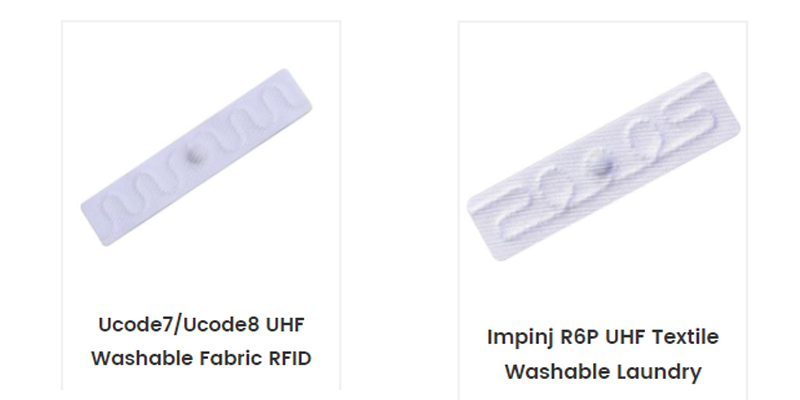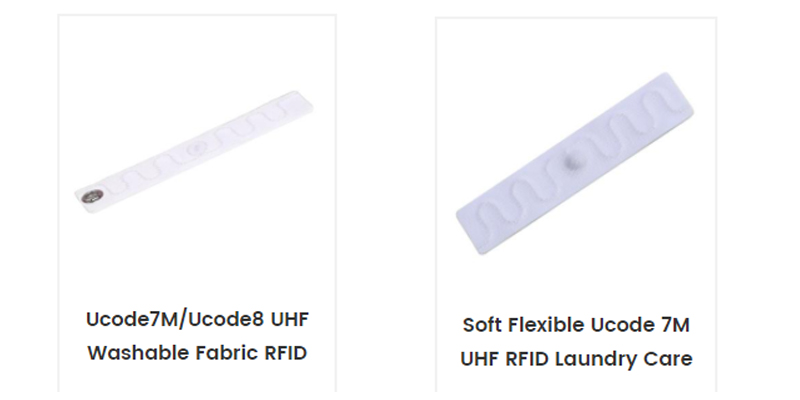RFID In Textile And Clothing Manufacturing: Barriers
In the field of textile and clothing, radio frequency identification (RFID), which is one of the most promising technological innovations, is used in manufacturing, inventory control, warehousing, distribution, logistics, automatic object tracking and supply chain management. Various retailers and manufacturers (of clothing as well as consumer goods) such as CVS, Tesco, Prada, Benetten, Wal-mart and Procter & Gamble, are now implementing the technology and exploring the impact of the technology on their business. RFID technologies may improve the potential benefits of supply chain management through reduction of inventory losses, increase of the efficiency and speed of processes and improvement of information accuracy. The basic of success lies in understanding the technology and other features to minimize the potential problems. Although the technology existed for several years, the technological challenges and cost issues are the major hurdles for the widespread use of RFID. These lacunas are high investment, lack of security and privacy, and some related to the technology of RFID.

-
High Cost:
Although there is a great potential of RFID in the local logistics sector, the major drawback is the cost of the RFID tag is higher as compared to barcode system (Ohkubo et al. 2005, Jones et al. 2005). Therefore, industrial leaders are concerned about the return on investment and net profit by investing the extra cost into the existing system. The cost depends on the volume of usage. The lowest cost tags available on the market are as low as 7.2 cents each in volumes of 10 million units or more. The average cost of a RFID tag is around 30–40 cents if the volume is not sufficiently large but the cost is only 4 cents for a barcode. The companies like Wall-mart, Benetton, and Prada are trying to still reduce the price. After the price is reduced all the retailers and manufacturers can implement the technology. Apart from the initial cost, there is cost involved in maintenance and up keeping of the system. But RFID tags will completely replace the barcode system in future.
The use of RFID in supermarkets is worthwhile because the transactions speed in supermarket should be fast and prompt to reduce the queuing time whereas in fashion industry the purchase is not in bulk so transaction speed is not very relevant in fashion industry. So the cost of using RFID tags for economical/low-priced clothes will impact significantly on the final cost of the garment. But where quick scanning is required in case of larger purchases and promptly replenishing merchandise, the use of RFID is very important and trustworthy.
2. Security And Privacy Issues:
The security and privacy of the RFID against unauthorized readers is in debate from the very beginning (Sarma et al. 2003; Peris-Lopez et al. 2006; Gao et al. 2004). There is a great challenge to the consumer privacy. The consumers using the product with RFID tags can be traced easily. The RFID tag broadcasts the ID serial number or the EPC to the nearby reader. There is a very high chance of privacy violations. The size of the dress a woman wants can be publicly readable by any nearby scanner. Due to this problem the cloth retailer Benetton has planned to withdraw the use of RFID tags in its apparel products. CASPIAN (Consumers against Supermarket Policy Invasion and Numbering) group, based in US has claimed that RFID tags embedded in items can track the consumers creating unwanted surveillance and an invasion of privacy.
3. RFID attacks
(1)Tag damage
The RFID tags can be damaged by attackers or due to the improper handling of the material. This attack in turn can prevent the data communication with the reader.
(2)Fake tags
The attackers may replace the original tags with fake ones, which will prevent the data transfer or provide fake information to t the reader.
(3)Security attacks
The attackers can break the security algorithm used in the RFID system or modify the message in the reader.
 4. Compatibility
4. Compatibility
A lot of time and money is needed to set up the RFID systems, which may not be economical for many companies. Furthermore, RFID may not be compatible with some existing technologies and even if it can be integrated with existing system the expectancy of 100% data accuracy is still a matter of concern (Smart et al. 2010; Lee and Chan 2009). This becomes more important when the suppliers and buyers have to deal with their overseas counterparts. Some companies are afraid of using the RFID technology as the high investment may be replaced by some other technologies as the technological advancements in near future may bring better technologies than RFID.
5. Technology
As the RFID is based on the concept of Radio Frequency, it can be interfered with other radio transmissions, metals, liquids etc. (Bunduchi et al. 2011; Wu et al. 2006; Ni et al. 2011). The degree of interference depends upon the frequency of the tag and the usage environment, which may lead to inaccurate reading. For example the use of RFID readers to read the price tags of purchased merchandise at the checkout counters may be interfered by radio waves from other merchandise. In addition, the merchandise are made in different countries and may be packed with different material.
6 Lack of standardization
Radio frequency identification is at the infancy stage and there are many hurdles ahead of it. There are many versions of RFID that operate at different frequencies and need different software and readers. So the need is to be agreed upon one or group of frequencies to have interoperability between the manufacturers, retailers and distributors. Currently, two organisations: EPC global and International Standards Organization (ISO) are working to standardize the use of RFID in UHF spectrum (Wu et al. 2006). Although, standards such as EPC class 1 G2 protocol and ISO 18000-6 are being released, both the standards are yet not finalised and lack compatibility with each other.

